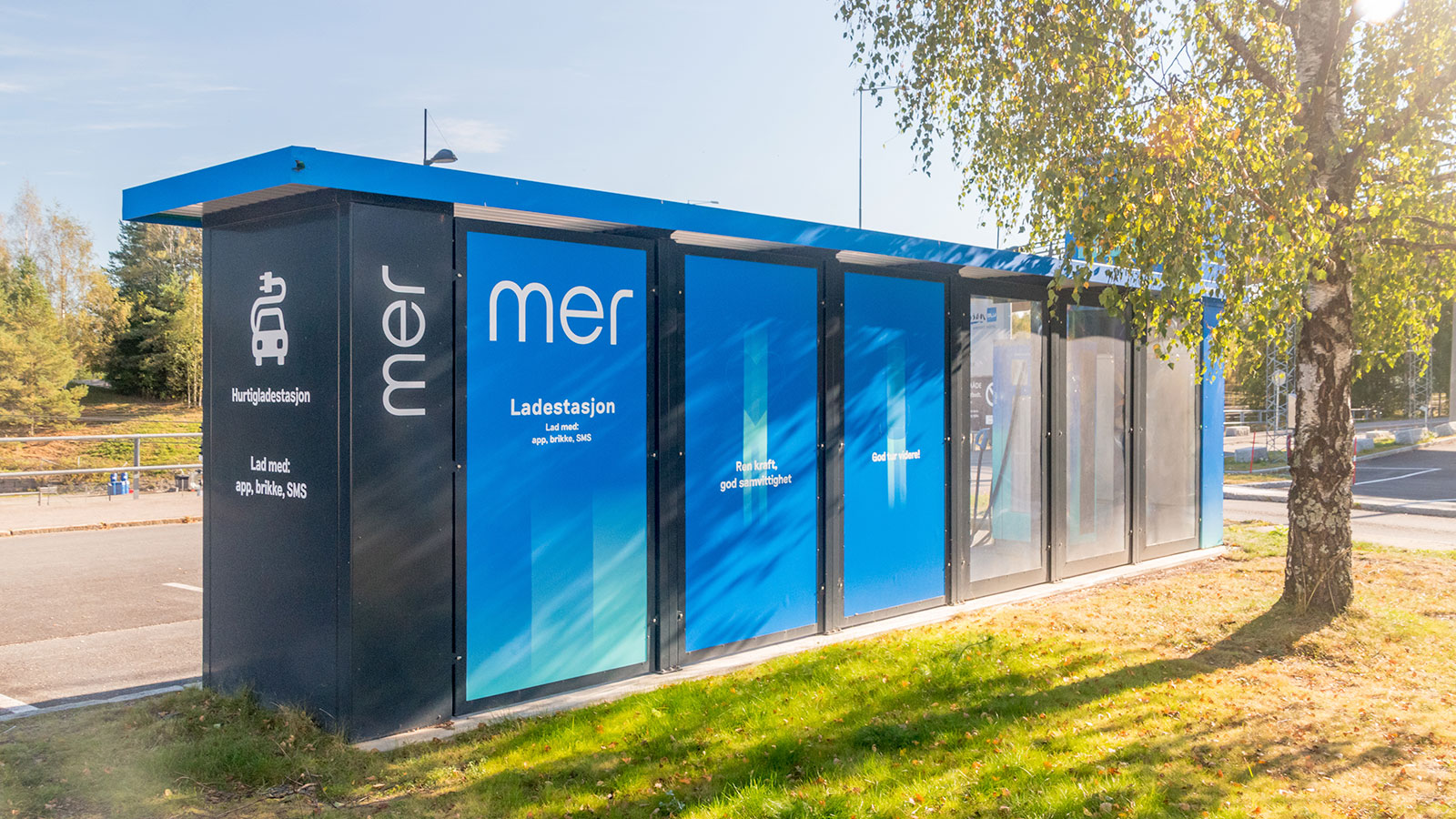Mer, an EV charging company owned by Statkraft, Europe’s largest producer of renewable energy, outlines the things you need to know before installing EV charging infrastructure.
More and more utility, trade and construction companies are switching their fleets to electric. But an electricity supply that is inadequate to support the level of EV charging required to power the fleet at a depot can present a challenge if fleet managers do not consider the infrastructure early in the process.
From laying broadband cables to carrying out roadworks, the utilities and construction sector provides essential services to the UK. The vehicles that carry the equipment and staff to carry out these jobs are a crucial part of a company’s ability to execute its services.
Fleet managers are looking to lead the switch to electric vehicles to reduce their impact on the environment. With this switch comes the need for reliable charging infrastructure to be installed at company depots for the vehicles to charge when they are not in operation.
However, rolling out charging infrastructure for electric vans and trucks is not a simple process. Making mistakes can lead to expensive delays and failures in the long-run. It’s crucial that the right charging infrastructure is selected, as it’s just as important as choosing the right vehicles for the job. After all, these operation-essential vehicles are useless to a company if they do not have the right infrastructure to keep them charged up for the long mileage they need to cover.
It’s all about the power
There are a number of things to think about when installing EV charging infrastructure for a commercial fleet. Understanding the capacity of your grid connection is one of the most important.
Because EV chargers use a considerable amount of energy, adding EVs to a depot’s fleet will increase the power usage of the depots. A fleet of electric commercial vehicles will place a higher demand on a site’s grid connection, and so having a deficiency in power could lead to outages across other amenities on site and the inability to charge these mission-critical fleets. This is why you need to know how much power is already being used at the depot and how much remains from the existing grid connection.
If the current power connection is not enough to support the number of chargers required to meet corporate EV targets, a power connection upgrade is the next step. There are financial and time implications to this, which you need to factor into the overall strategy for electrification from the offset.
Navigating power difficulties
If a budget increase is out of the question to cover any necessary connection upgrades, it’s possible that a phased approach to electrification could be a good option. Rather than electrifying the entire fleet, start with a small selection of vehicles and install a few charge points to test the waters first, and then consider expanding both the fleet and the charging network in the future.
Additionally, load balancing is a great option if power availability is a concern. When energy demands from EVs plugged into the network are larger than the available amount of power, smart chargers will equally divide power between the vehicles. The vehicles can still charge, but at a slower rate, but it does not compromise power to other operations or lead to an unwanted surcharge from the DNO.
Next steps
Once you have calculated the power availability at the site you intend to install EV charge points on and, if necessary, decided on a solution to overcoming grid limitations, you should then move onto identifying whether fast or rapid chargers will best suit your electric last mile fleet needs.
If the vehicles have a short amount of downtime, then rapid chargers could be the best bet – but they also consume more power. Fast chargers will likely be sufficient for most depots where vehicles are sat overnight unused. This will then provide enough of a charge to ensure the vehicles are able to be ready to go the next day.
Of course, after you’ve selected those critical components – it’s time to think about procurement, the installation process, as well as how to effectively minimise charger downtime for your mission critical EVs.


